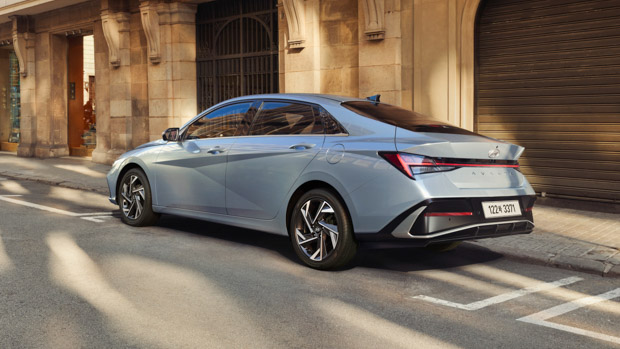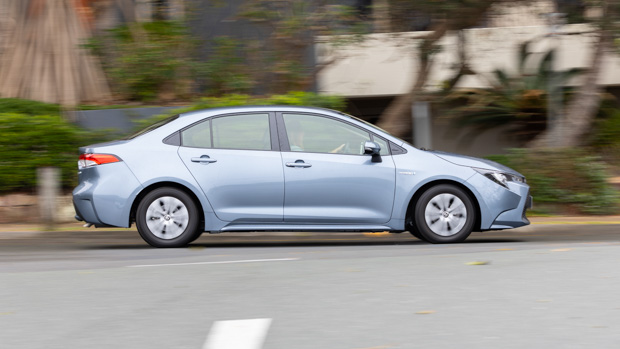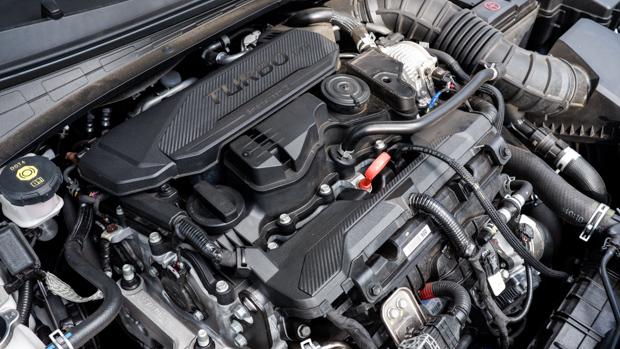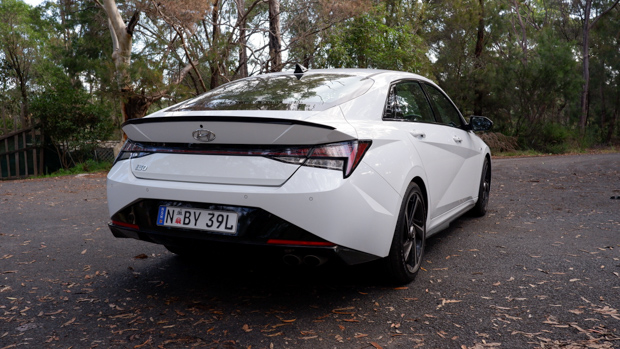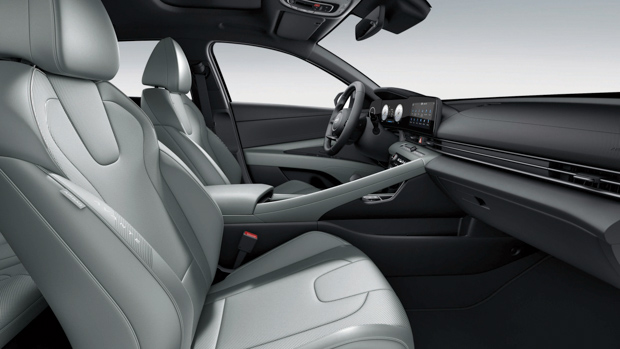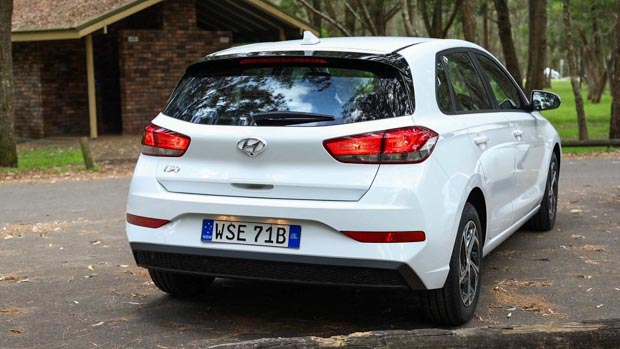-
Car Reviews
- Car News
-
Car Comparisons
Latest comparisons
- Chasing Deals
The Korean brand also revealed details for the highly anticipated hybrid model that could come to Australia
Hyundai has revealed Korean key engine details for the facelifted i30 Sedan, which is expected to land in Australia within the year.
Details surrounding the vehicle’s powertrain come just a week after Hyundai revealed the facelift through a set of official images that were posted on the brand’s Korean website.
Once in Australia, it’s likely that the updated i30 Sedan will face competition from the likes of the Honda Civic and Toyota Corolla Sedan – particularly if it gains a new hybrid option as expected.
Currently the i30 Sedan starts from $25,690 before on-road costs in Australia. Pricing across the range is likely to increase slightly with the introduction of this facelifted model.
Known as the i30 Sedan locally, Hyundai sells this vehicle as the Avante in its home market, and the Elantra in most international markets – what it used to be known as in Australia.
So far, Hyundai’s Korean arm has only confirmed that the i30 Sedan will be offered with a 1.6-litre turbo-petrol engine, a 1.6-litre hybrid, and a 1.6-litre LPG-injected engine.
We can be reasonably assured that we won’t be getting the latter, but the absence of the entry-level 2.0-litre naturally aspirated petrol engine in the initial Korea-market specs doesn’t rule it out for the Australian market.
The second-generation Hyundai Kona small SUV is set to return with this engine, which has historically served as the value-option for both vehicles.
In the Korean market, the 1.6-litre naturally aspirated petrol four-cylinder engine makes just 90kW and 153Nm of torque. Hyundai Australia historically has only offered the turbocharged version of this engine with 150kW/265Nm in the i30 Sedan N-Line.
In this model, power is sent exclusively to the front wheels through a CVT that Hyundai calls a “Smartstream IVT”.
As for the hybrid, it makes use of a 1.6-litre naturally aspirated four-cylinder petrol engine that makes 77kW/147Nm. It’s paired with an electric motor that produces an additional 32kW/170Nm that brings the total power output to 103kW.
Power is also sent only to the front wheels in the hybrid model, but it makes use of a six-speed dual-clutch transmission instead of the CVT.
On the inside, it’s a rather similar affair for the facelifted i30 Sedan with lower grade models making do with a 4.2-inch digital cluster and 8.0-inch infotainment display.
It seems Hyundai’s issue with wireless phone projection is still evident with this smaller screen (without a navigation system ) is the only unit that gets the handy feature, at least in the Korean market.
In higher-spec models dual 10.25-inch displays handle driving information and the infotainment system, and while this system gets satellite navigation, it forgoes wireless phone projection.
Other features include the wireless phone charging pad and premium Bose speaker system on the higher grades.
Artificial leather seats are standard on the entry-level models, as is a leather-wrapped steering wheel. Moving up to higher grade models adds natural leather seats with power adjustment.
This facelifted i30 Sedan is likely to become a very important car for Hyundai on a global scale with Euro 7 emissions on the horizon.
Considering that the i30 hatch isn’t sold in North America or Asia, Europe is the strongest market for the hatch, with Australia and New Zealand coming in below.
With strict Euro 7 emission standards coming into force on July 1 2025, it’s likely that the i30 hatch will be pulled from the European markey due to its engine’s emissions.
With its most profitable market no longer an option, the writing is seemingly on the wall for the i30 hatch in Australia, meaning the Sedan could be the sole surviving i30 very soon.
Latest news
About Chasing cars
Chasing Cars reviews are 100% independent.
Because we are powered by Budget Direct Insurance, we don’t receive advertising or sales revenue from car manufacturers.
We’re truly independent – giving you Australia’s best car reviews.
